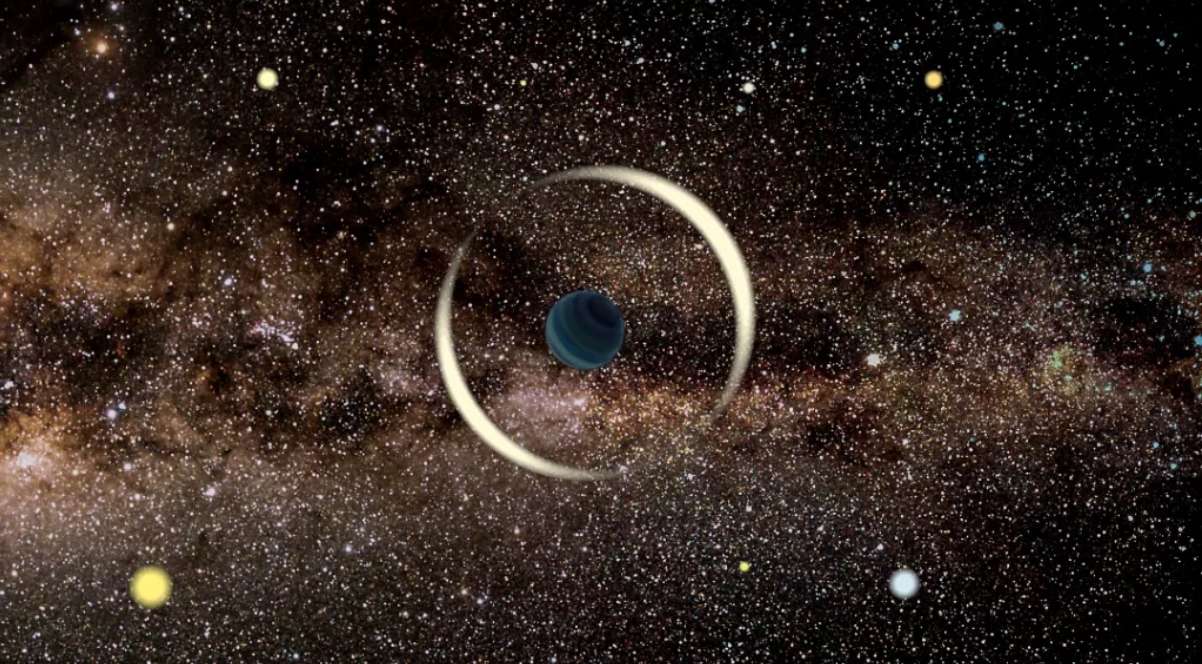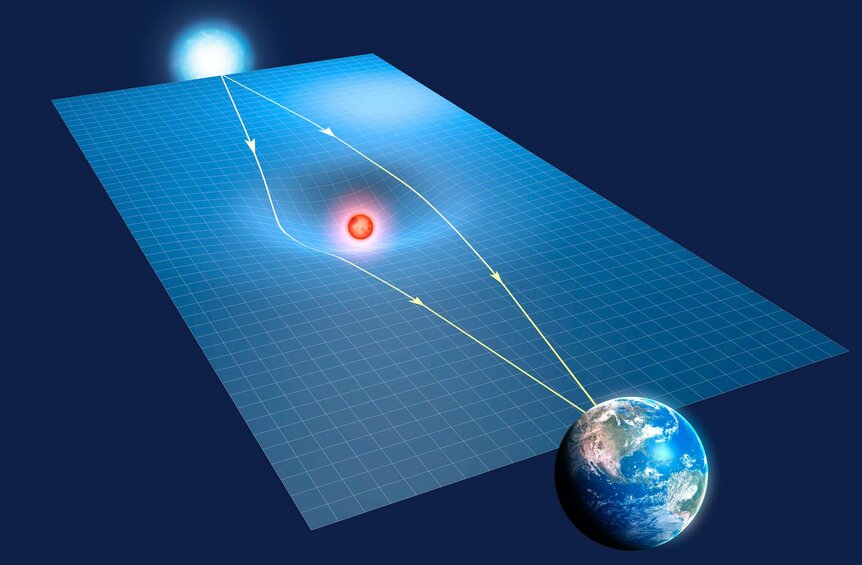Create a free profile to get unlimited access to exclusive videos, sweepstakes, and more!
Astronomers may have found smallest rogue exoplanet ever using ground-based microlensing

Unfettered by any host star and free-roaming the Milky Way galaxy unattached, the tiniest rogue exoplanet ever spotted has recently been discovered. Astronomers identified this wandering candidate planet, which might be even smaller than Earth, using gravitational microlensing.
In details sourced from a new research paper published online last week in Astrophysical Journal Letters, scientists at the University of Warsaw are estimating that this prospective exoplanet has a comparable mass between that of Earth and Mars. If it is eventually confirmed officially, this would rapidly increase astronomers' ability to detect these diminutive rogue worlds which are so elusive.
"Our discovery demonstrates that low-mass free-floating planets can be detected and characterized using ground-based telescopes," noted Andrzej Udalski, co-author of a fresh study announcing the find, and principal investigator of the Optical Gravitational Lensing Experiment (OGLE) project.
Udalski and his team obtained a compelling signal out of their OGLE observations in a serious event catalogued as OGLE-2016-BLG-1928, which lasted just 42 minutes long and is the shortest microlensing signal ever detected. The researchers solidified their findings by comparing data collated by the Korea Microlensing Telescope Network, which manages telescopes in Chile, Australia, and South Africa.
As of last week, astronomers have found more than 4,296 confirmed exoplanets, with the vast majority discovered using the "transit method" that monitors and records dips in a host star's brightness as the exoplanet passes over its face from a fixed perspective. Another technique uses the "radial velocity method," by watching for stellar movements created by a planet's gravitational tug.
Since this pair of methods needs a parent star to be effective, they're not very helpful when trying to spot rogue heavenly bodies untethered to the orbital pull of a local solar entity. This is where gravitational microlensing comes in handy.
This planet-searching tool involves observing foreground objects passing in front of remote background stars. Microlensing exoplanets can cause major deviations in the normal, smooth lightcurve of a distant star during these microlensing events, possibly indicating a free-floating planet.
In this instance, the closer body operates as a gravitational lens, warping and magnifying the star's light in ways that can unveil the foreground object's mass and other specifics. This is also the only method of hunting for exoplanets outside our own galaxy.
"Chances of observing microlensing [events] are extremely slim because three objects — [light] source, lens and observer — must be nearly perfectly aligned," added study lead author Przemek Mroz, a postdoctoral researcher at the California Institute of Technology in Pasadena. "If we observed only one source star, we would have to wait almost a million years to see the source being microlensed."
The OGLE project is headed up by the University of Warsaw in Poland and employs a 1.3-meter telescope at Las Campanas Observatory in Chile to keep a vigilant eye on literally millions of stars near the Milky Way's core on crystal clear nights.
"When we first spotted this event, it was clear that it must have been caused by an extremely tiny object," explained co-author Radoslaw Poleski, of the Astronomical Observatory of the University of Warsaw.




























